8 data representation and interpretation worksheets linked to the Australian Curriculum.
This teaching resource could be used in a variety of ways when teaching data representation and interpretation. Some suggestions include:
- pre- and post-testing
- independent classwork
- revision
- homework.
This teaching resource pack includes worksheets addressing the following concepts:
- categorising data
- creating and comparing data
- representing data
- interpreting data.
Answer sheets are also provided.
Download options include:
- the year level displayed at the top of the sheet
- no year level displayed at the top of the sheet to use for differentiation.

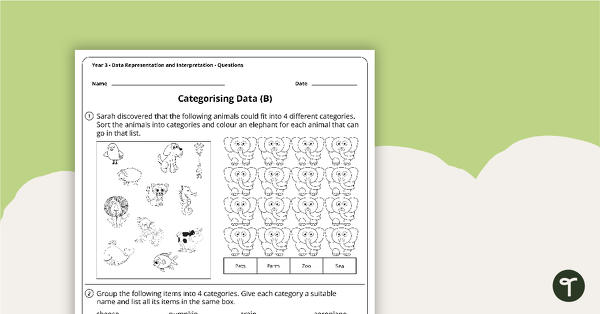
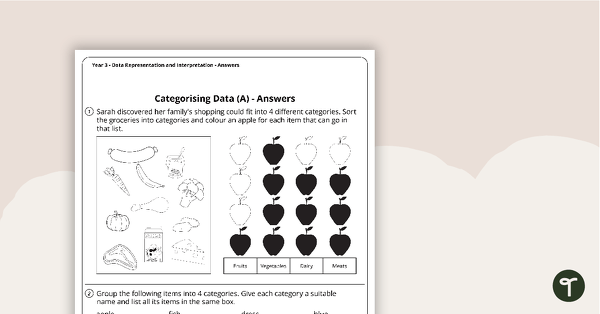
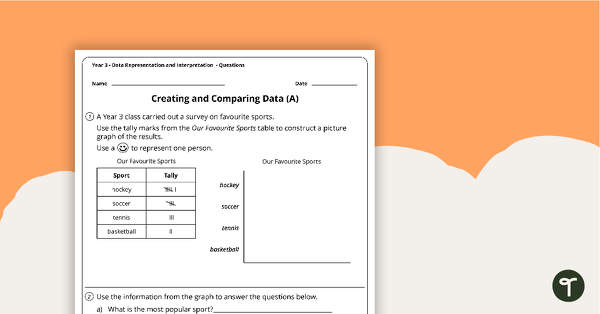
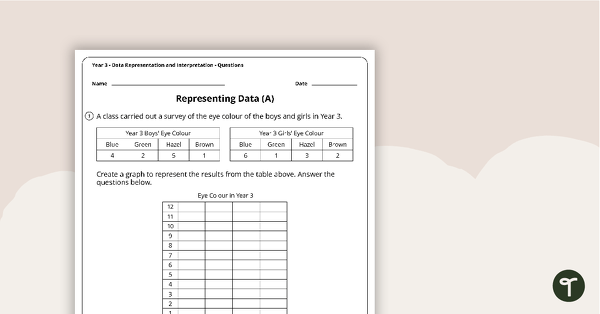

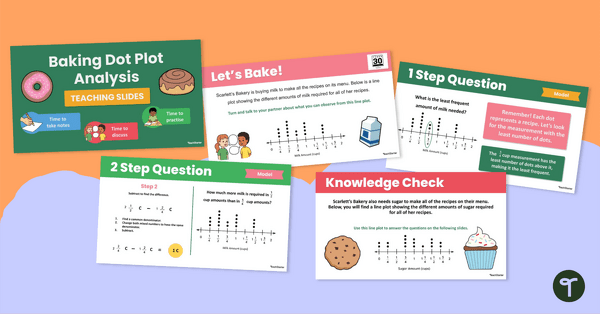
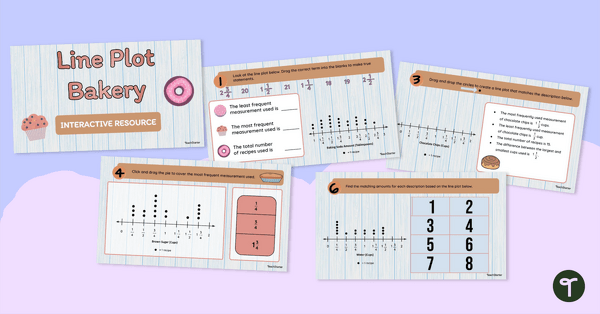
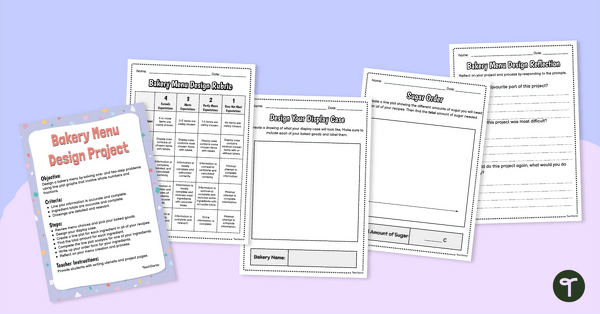
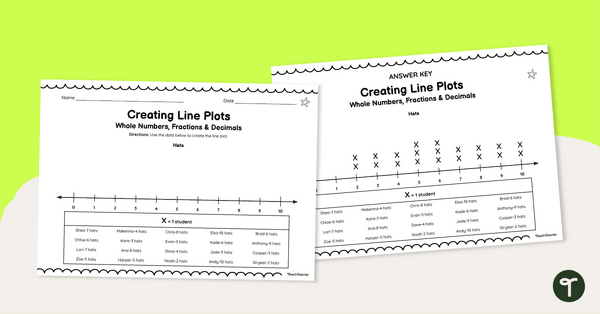



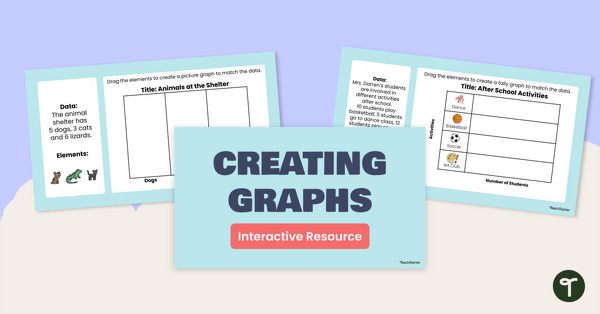
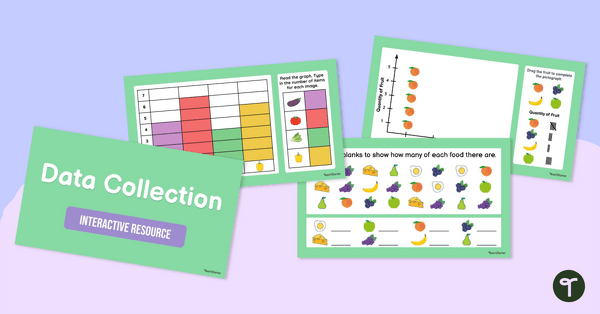

Thank you for a good variety of activities.
You're most welcome, Zuriette! And thank you for your lovely feedback.
Thank you for a good variety of activities.
You're most welcome, Zuriette! And thank you for your lovely feedback.